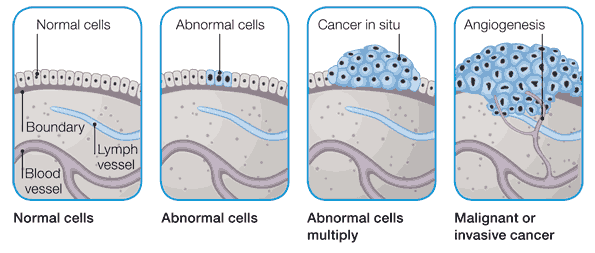Our idea/question
The experiment was carried out on two hypotheses:
⚬The percentage of cell death and caspase activity will rise with the elapsed time in all treated cell lines.
⚬The effect of resveratrol is different for cancerous and non-cancerous cells.

Research
Resveratrol is already a part of our diet in some ways and is supposed to have many medicinal effects. It has caught the attention of scientists, who have been researching its effect on health since 1990. First it was connected to the “French paradox” and later they started looking at the potential to treat cancer, cardiovascular and neurodegenerative diseases. In the past ten years the number of researches of its positive effects has risen. As an antioxidant it is supposed to lower LDL oxidation, thrombocyte aggregation and erytrhocyte damages as well as being an anti-microbial and anticarcinogenic agent. However, some studies mention opposite effects, such as the possibility that it could become pro-oxidative and inhibit certain enzymes in high concentrations. With cancer it is supposed to inhibit angiogenesis, help the body remove harmful molecules, inhibit the cell cycle and encourage apoptosis, which is what we wanted to research. In spite of this, many positive effects have not yet been confirmed in clinical studies. The only proven effect is the effect on cardiovascular diseases, which is why much more research will have to be done to discover the exact mechanism of the molecule. Resveratrol is currently in use as a food supplement, which is supposed to help prevent certain diseases. A good property of this natural substance is that the side effects could be minimal or even non-existent and it can be distilled from the roots of a very invasive plant (Japanese knotweed).

Method
First we chose three cell lines: HeLa, HaCaT and U87, which we defroze and cultivated, until we had the right amount for the experiment. We divided the cells into four groups, the first would be left as a control sample and would not be treated with resveratrol. The other groups were divided based on the length of time they would be exposed to 100µM diluted resveratrol. The treated cells were divided into three groups, the first was used for microscopy, the second for flow cytometry and the third for measuring caspase activity. We observed the cells at 4x, 10x and 20x magnification to view the morphological changes over time. With flow cytometry we determined the cell death ratio based on luminiscese after dying the cells with Annexin-V-PE and propidium iodide. The amount of caspase activity was determined based on the changes in flourescence produced by the cutting of the targeted caspase with Ac-DEVD-AFC. The experiment was conducted in the cell laboratories of the Jožef Stefan Institute in Ljubljana.